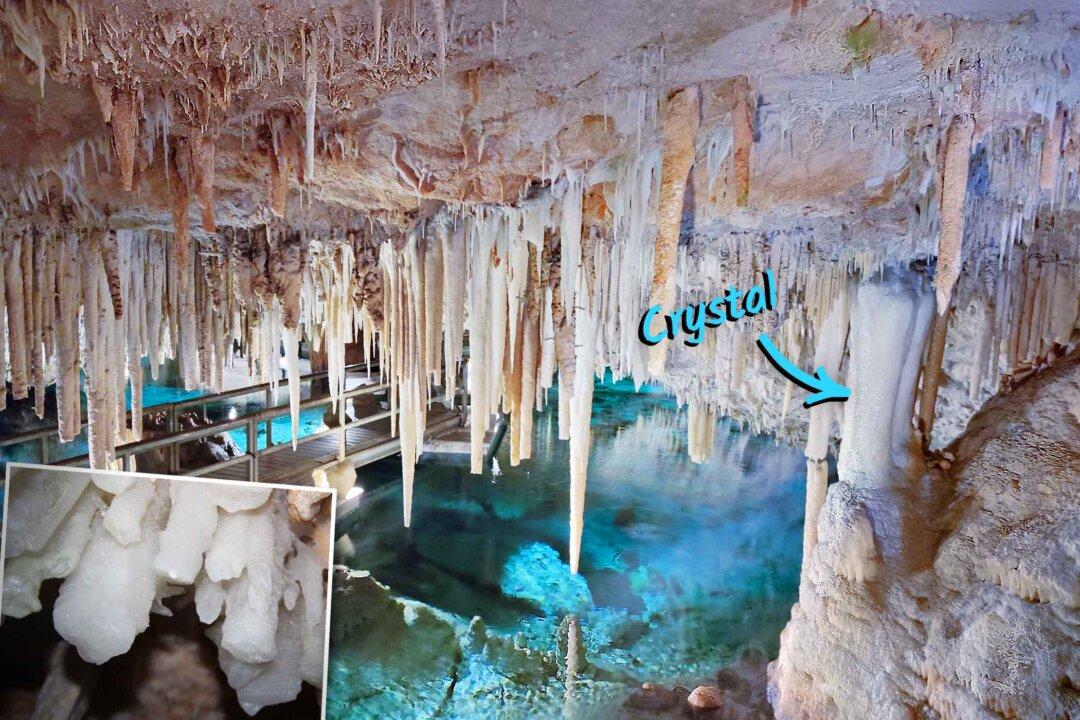A fantasy world beneath our feet—that’s what the duo found that day in March 1905. The two boys, Carl Gibbons and Edgar Hollins, had been indulging in some cricket play on a property owned by Julian Wilkinson on the balmy archipelago of Bermuda.
Whether the ball was mis-pitched or struck far afield by one of the boys, the prized possession had to be retrieved, and it led them to a patch of grass where they saw an opening in the ground.






